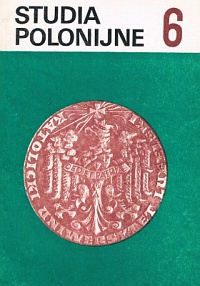Integracja migrantów w świetle prawodawstwa kościelnego
Main Article Content
Abstrakt
Coexistence between immigrants native and local inhabitants can be characterized by the three following processes: assimilation, isolation and integration. The Church accepts only the last one as the one which is in accordance with Christian mission, character of the Church and personal rights of man. Integration is a dynamic process during which both the immigrants and the native join into one community through recognition, adaptation and sharing of their ethnic values. In effect, a new society is born, its fundamental unity harmonizes with certain social and cultural differences.
According to the Catholic model of integration, four basic principles must be kept to: church unity, cultural pluralism, freedom of man, common welfare of the community. The process of integration, if governed by these four principles, should be spontaneous but slow; it should be carried out though subsequent stages of outer and inner adaptation and through the stage of full participation in the activities of the new community. In the plane of religion, this process can be fairly long; it can be continued by two or more generations before it becomes completed. As regards other planes of integration it can be even longer.
Since proper integration requires certain most advantageous and favourable conditions, the Church defined the law system of integration which is reflected in the organization of migrational chaplaincy. In accordance with the structure of the system, local churches and the churches in immigrants’ home country, as well as parishes, church organizations and schools have a significant part to play in the process of integration. Particular importance is associated with the role of the immigrants’ chaplain who, as a ”man-bridge” can help his people adapt to new Christian community.

